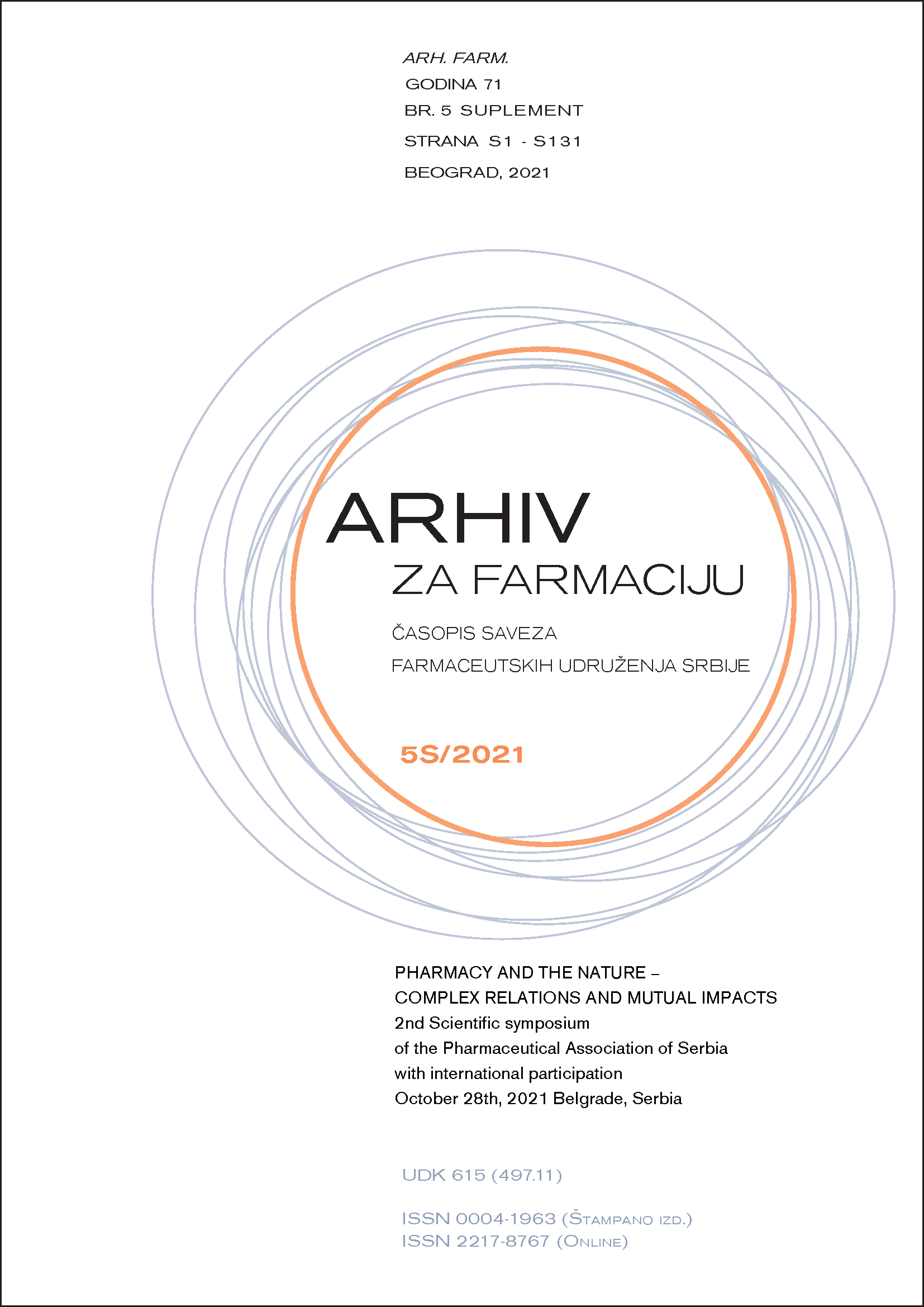EFFECT OF TACROLIMUS ON GLOMERULAR FILTRATION RATE AND LIPID PEROXIDATION IN RED BLOOD CELLS IN KIDNEY TRANSPLANT PATIENTS
Abstract
In many cases, kidney transplant patients have tacrolimus in their immunosuppressive protocol, meaning to control the natural rejection reaction to the presence of foreign tissue. However, it can show chronic nephrotoxicity and lead to chronic allograft nephropathy, which results in a decrease of allograft function, and a decrease in glomerular filtration rate (eGFR). Also, these patients are usually hemodialyzed for a longer period of time, which is known to be a promoter of oxidative stress (1). Oxidative stress itself, a natural process necessary for numerous defense events in the body, when intensified, leads to tissue damage through the oxidation of macromolecules. Lipids are subject to peroxidation, and one of the markers of this process, thiobarbiturate reactive species (TBARS), can be measured in blood samples. Red blood cells (RBC), as the most numerous blood cells, pass through all tissues, are especially exposed to the free radicals. Also, tacrolimus binds extensively to RBC, so its concentrations in RBC are up to 15 times higher than the concentrations in plasma (2). These facts prompted us to examine the possible association of the effects of tacrolimus in the patient treatment and the parameters of renal function and lipid peroxidation of RBC. The study involved 72 transplanted patients and 62 healthy subjects (control group). The pharmacokinetic data used for the study were the daily dose of tacrolimus divided by the patient's body weight, the tacrolimus whole blood concentration measured immediately before the morning dose (C0) and the C0 and daily dose ratio (C0 / D). C0 concentration was measured in whole blood using a chemiluminescent based method (CMIA, applied to Architect, Abbott, Abbott Park, IL, USA).) To determine the content of TBARS in RBC we used the Jain et al method (3). The results of the study showed significantly increased values of TBARS in RBC of patients compared to controls (p = 0.023). Correlation analysis showed that TBARS in RBC of patients has a significant negative correlation with eGFR, while correlation between daily dose, C0 concentration and C0 / D ratio of tacrolimus with TBARS in patients’ RBC did not show a significant correlation of these parameters. Nevertheless, the daily dose and C0 / D ratio of tacrolimus show a statistically significant negative correlation with eGFR. We can conclude that the dose of tacrolimus does not affect the extent of lipid peroxidation in patients' erythrocytes, which is definitely enhanced in patients compared to controls.

